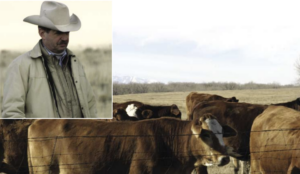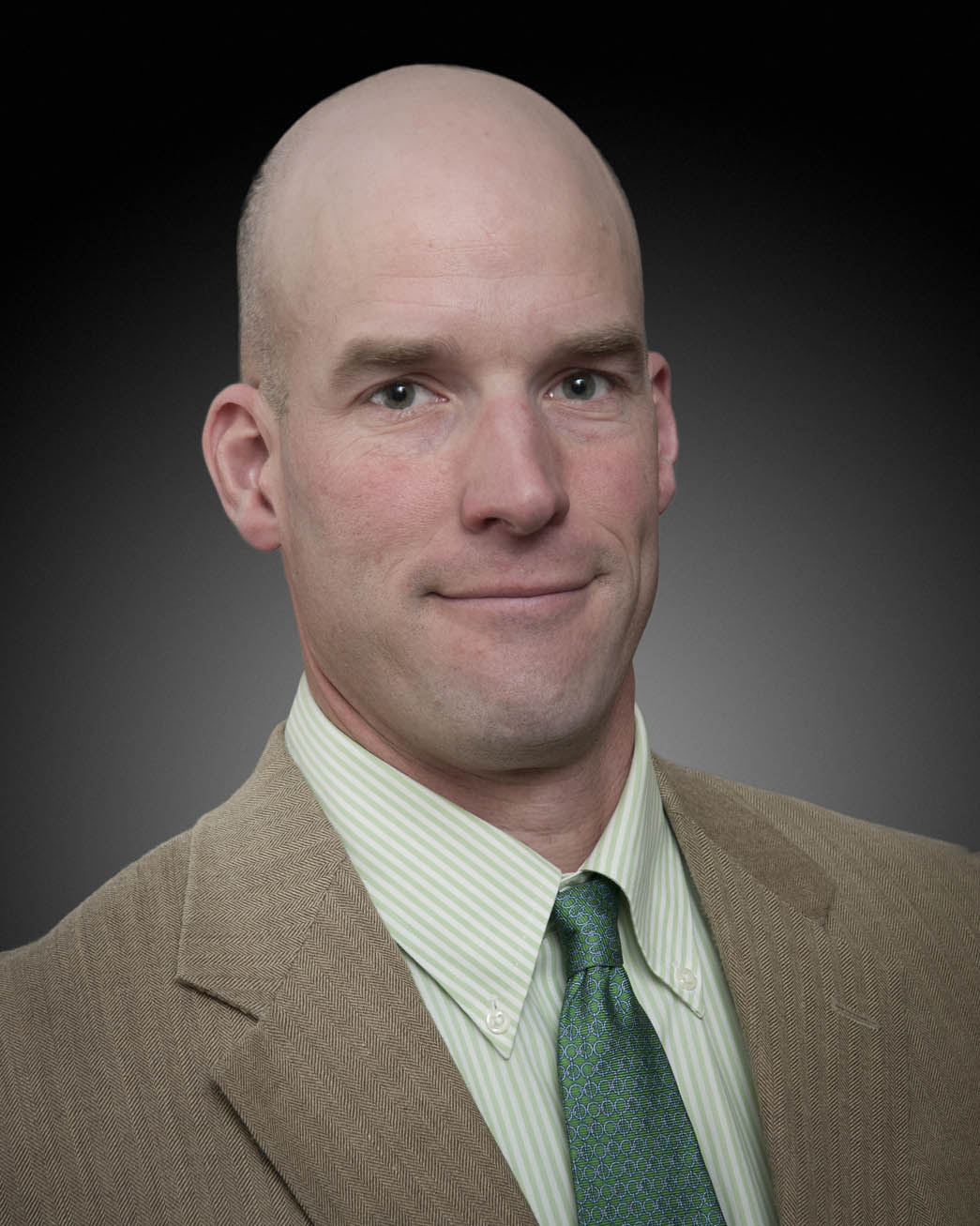Shortgrass prairie, which once extended across vast stretches of the western Great Plains, is largely gone. A Nature Conservancy-owned ranch in Kansas and several National Grasslands on the High Plains, managed by the U.S. Forest Service, preserve remnants. But most has disappeared. Working rancher Dale Lasater is bringing it back.
The shortgrass prairie co-evolved with bison, which were replaced by cattle in the late nineteenth century and then by homesteaders, who plowed the prairie in hope of riches in wheat. Broken by the Dust Bowl, the homesteaders were gone less than fifty years after the bison. The land they left is heavily eroded and sparse in biological diversity, at risk of desertification.
On one small piece of prairie this condition is being reversed. Outside Matheson, Colorado, soft-spoken Lasater has nursed his family’s 30,000 acres of range back toward its historic condition. This working cattle ranch has become one of the best examples of native shortgrass prairie anywhere.
Lasater says, “If you had asked me in 1960 what grasses we had, I’d have said two?buffalo grass and blue grama. That’s what I thought shortgrass prairie was supposed to look like.” Yet beneath the buffalo and blue grama grass lurked a host of other species: sandy bluestem, needle and thread, western wheatgrass, sedges, June grass?all indigenous plants that provide valuable livestock feeds. A visitor from Arizona on a tour of the ranch once sang the praises of a winter cattle feed known as winterfat. Dale’s father and the visitor were quite surprised when they stepped out of the truck-in a patch of winterfat. By managing the grazing on the ranch, Lasater has been able to spread the winterfat, which is now an important part of the winter diet of the cattle.
The ranch’s productivity has increased dramatically since Lasater began to nurture the natural grasses. An acre of ground that may have once produced 500 pounds of feed in a 90-day growing season now produces 1,000 pounds over the course of eight months. Rotational grazing, altering traditional seasonal use, and cell grazing (grazing cows intensively in a specific area) have enabled domestic cattle to mimic the ecological impact of bison.
There is no need for Lasater to use Asian species like Russian wild rye or crested wheatgrass to augment native grasses. Some portions of the ranch do have stands of exotic grasses, most planted to repair damage done by dryland farming prior to the Lasaters’ tenure. The guiding philosophy for vegetative species is: “If it is a native species, it belongs here.” The area gets a mean of 14 inches of moisture per year. Hardly any year is average, and the variance in rainfall patterns affects individual grass species tremendously. Lasater alters his plans in response to rainfall.
His cattle eat nothing but this nutritious array of grasses from birth to slaughter. In addition, no pesticides, herbicides, or insecticides are used on the ranch. The cattle are subject to a rigorous selection process: Each cow must produce an acceptable calf each year without the help of supplemental feed, vaccinations, or insecticides. “If she needs chemicals, we don’t need her,” Lasater says.
Noxious weeds, a major problem for other ranchers, affect the Lasaters as well. By using biocontrol techniques (such as the spurge beetle) and alternative grazing (by goats, which eat weeds cattle won’t touch), they have managed to keep the weed problem in check without resorting to either chemical or mechanical solutions such as mowing or disking. Lasater asserts that these methods of weed control are more cost-effective than labor-intensive spraying of expensive chemicals.
Dale’s father, Tom, developed a philosophy of working with nature rather than against it. One of his phrases was: “Nature does all of the thinking and most of the work.” While Dale has been a lifelong student of his father’s philosophy, he did not arrive at his holistic management approach overnight. Instead, he has developed it incrementally over many years by paying close attention to the land.
Attention to the bottom line is equally important. The ranch does not own any expensive machinery, opting to buy a small quantity of hay as a safeguard against winter blizzards that prevent grazing for short periods. Likewise, a visitor’s romantic notions of a big bunkhouse jammed with authentic cowboys are dashed. The ranch operates on a skeleton crew, most of which is dedicated to maintenance and repair work on the ranch’s 45 windmills and hundreds of miles of fence.
Lasater Ranch has launched its own grass-fed beef business, providing beef from the ranch direct to consumers. Over the past seven years, Lasater has been educating consumers about the health benefits of grass-fed beef, as opposed to more traditional grain-fed. That investment is beginning to pay off. At a time when American agriculture is under scrutiny and consumers are concerned about health risks such as BSE (mad-cow disease) and the impact of hormones and steroids, Lasater Grasslands Beef offers an alternative that is perceived as more healthy.
“We are staking the family name as well as our century-long involvement with land and cattle on your enjoyment of this healthful, wholesome, ecologically viable product,” says Lasater. The ranch receives a substantial premium for its beef, which compensates for the greater cost per animal of keeping the cattle on grass. The beef commands an additional premium because it is labeled organic, an unexpected benefit of eschewing chemicals on the ranch.
In addition to diverse flora, the ranch abounds with wild turkeys, pronghorn antelope, and mule deer. These potentially valuable species are lagniappe. At this time the ranch does not have a commercial hunting operation, although local outfitters have long been interested. “I have nothing against hunting; I just never went hunting when I was young,” says Lasater. “Now we have the game and it will be a decision for the next generation as to what to do with it.”
Strict adherence to a philosophy that a natural course is the best one has almost unwittingly led the Lasater Ranch to re-create the very rare shortgrass prairie. As the Lasater Ranch manager Andy Duffy said, “It seems innovative, but it’s actually simple?it’s the way everyone should do it.”
Timothy Fitzgerald has been a working cowboy, guide, and outfitter in Colorado and Montana. After working as a research fellow at PERC, he became a PERC scholar-at-large while he studies resource economics at the University of Maryland.




